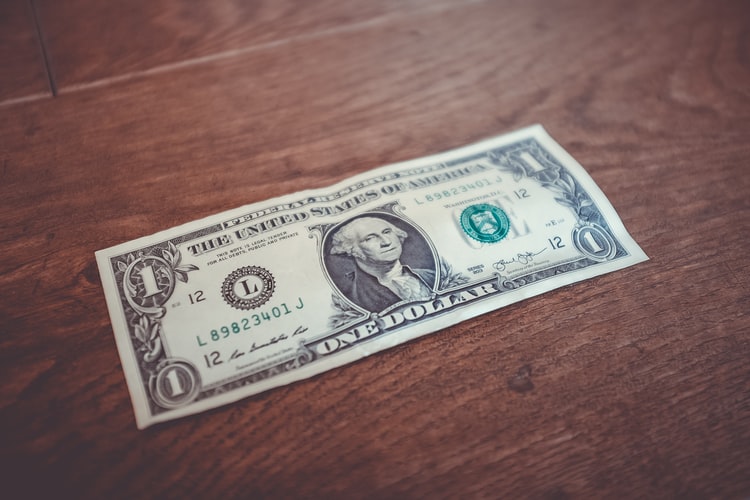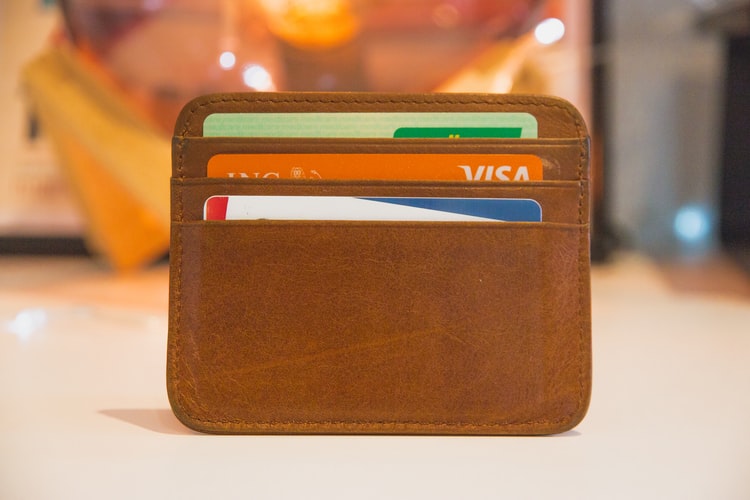5 Types of Bank Accounts Everyone Needs to Know

Here are five types of bank accounts everyone needs to know about to manage their short-term and long-term financial goals well:
A No-Fee Checking Account
A checking account can be used for day-to-day banking. You use this account to deposit your paycheck, make purchases or pay bills you don’t use your credit card for, and transfer money to debt repayment or savings.
Considering you use this account frequently, ensure your financial institution doesn’t require you to pay a fee for maintaining it. If it does, move to another institution that offers you the facility without charging you an additional fee. Even saving $10 a month will help you save a thousand dollars over your lifetime. Additionally, if you come across a bank that pays you interest for the balance in your checking account, don’t hesitate to open an account there.
A High-Interest Savings Account
If you’re working on making a down payment on your first home or going on your dream vacation, keeping your cash in a high-interest savings account is the best option. Maintaining a separate savings account for your goals will prevent you from using the money for any other reason.
A No-Fee or Low-Fee Rewards/Cashback Credit Card
Although this is not a type of bank account, a credit card is an important financial tool if you’re careful with your spending and unlikely to build an additional debt. Credit cards offer benefits like rewards, security, and convenience.
Some card issuers go the extra mile by providing car rental insurance and purchase protection.
Another High-Interest Savings Account for Your Emergency Fund
Irrespective of whether you’re healthy, have a perfectly secure job, or ample insurance, having an emergency fund is essential. Most often than not, when the unexpected happens, it’s expensive. Although financial experts suggest saving 3-6 months of essential living expenses, it is difficult to save that kind of amount. Start by setting up an emergency fund of $3,000-$5,000 first.
An Investment Account
Saving for the future should also be a part of your plan. However, investing for your retirement is an even better option. When you keep money aside for your future, you should get the highest returns possible. You don’t necessarily need a bank account for this—you could consider a low-fee mutual fund or a low-cost brokerage account.


